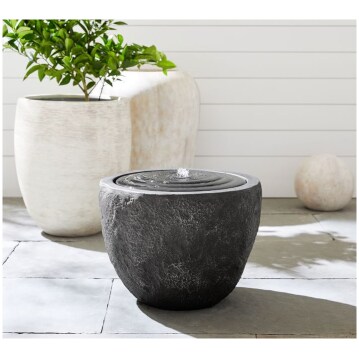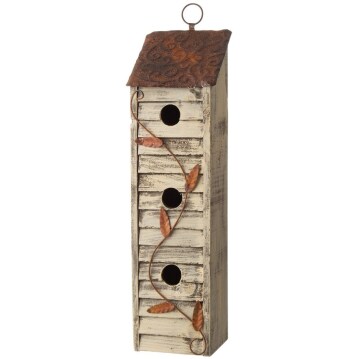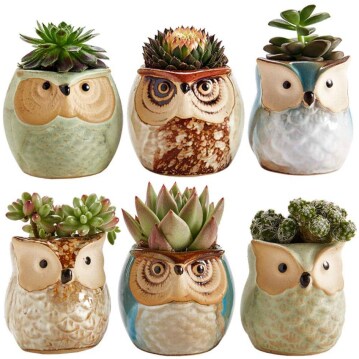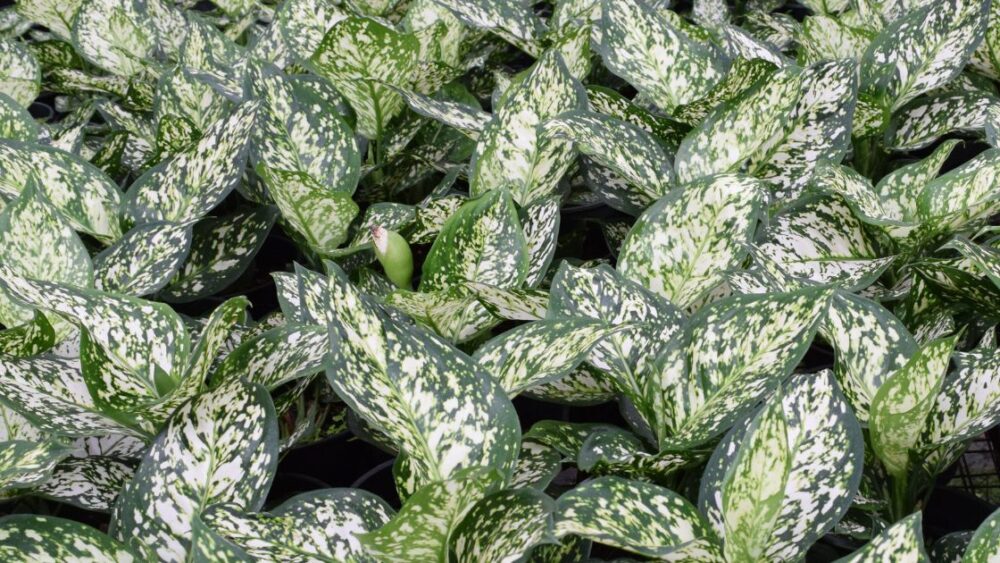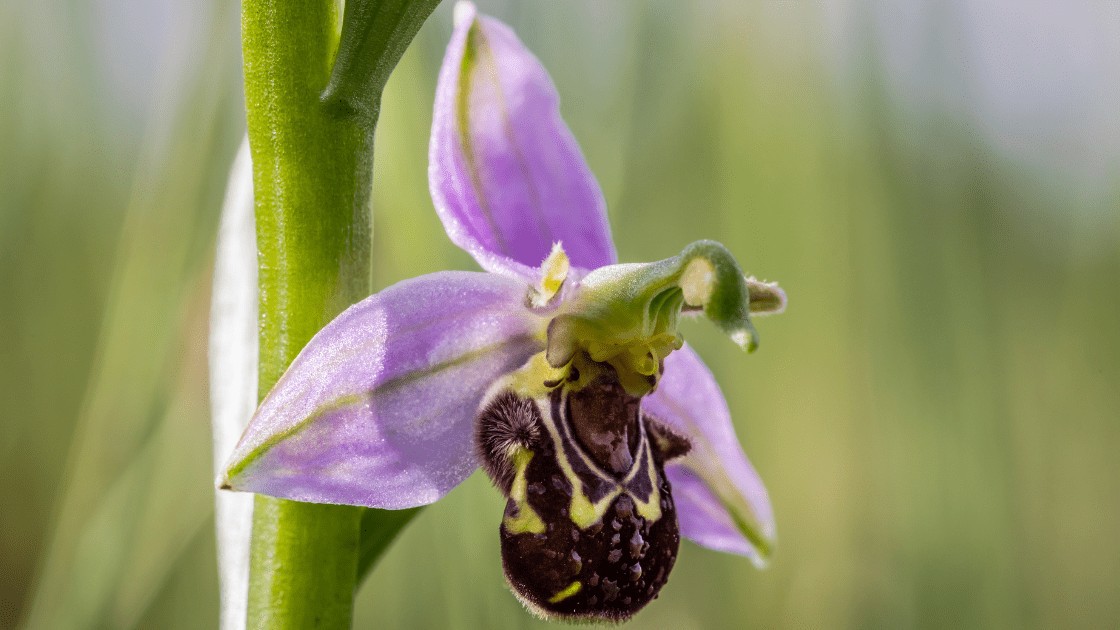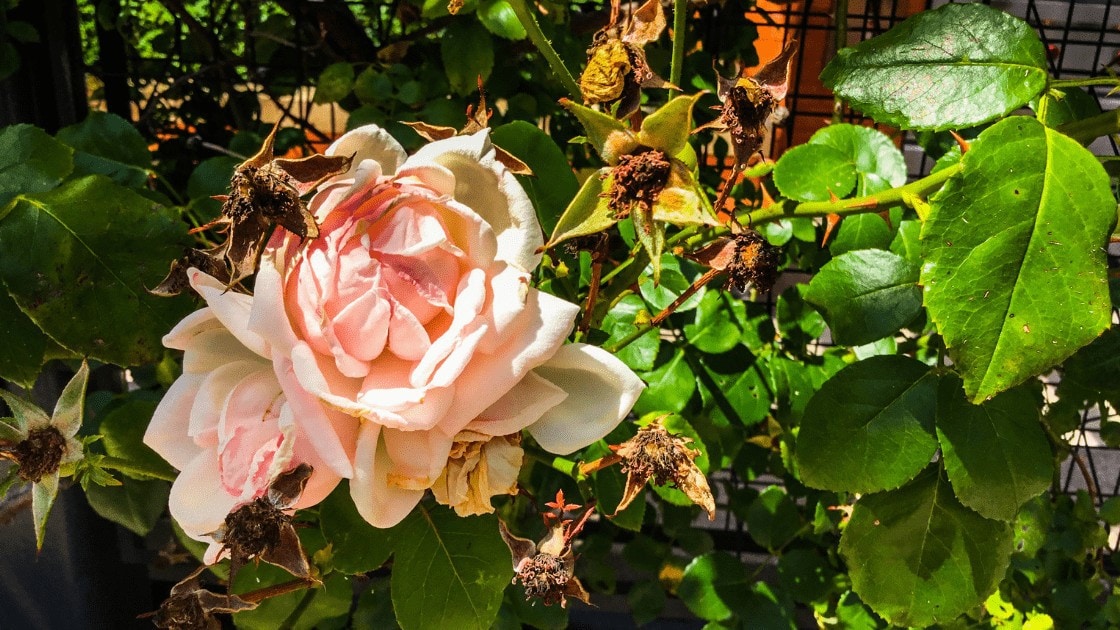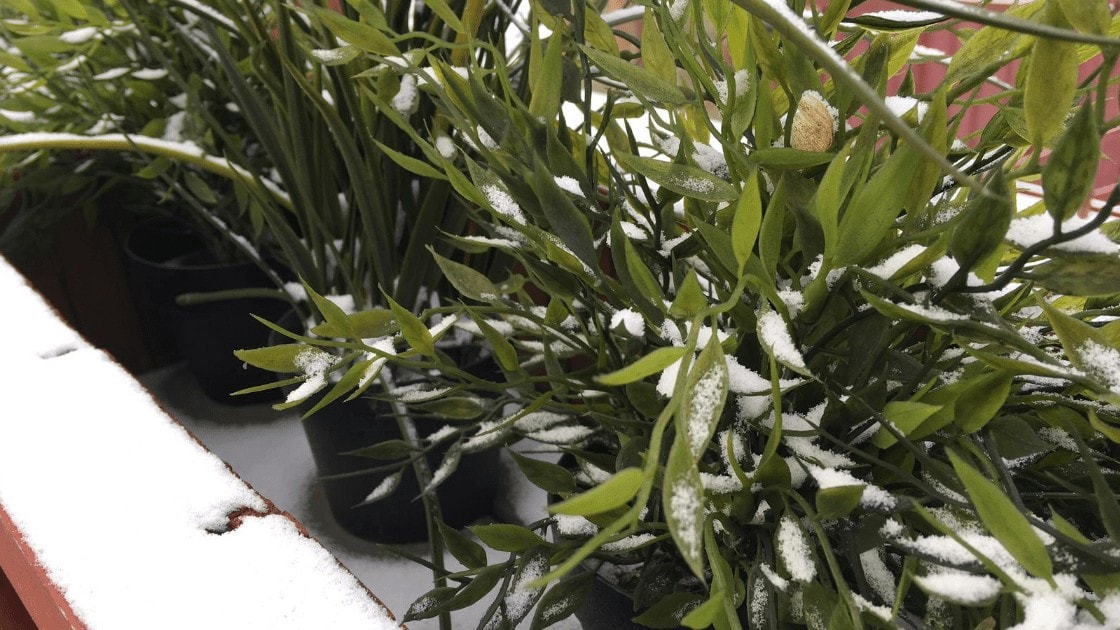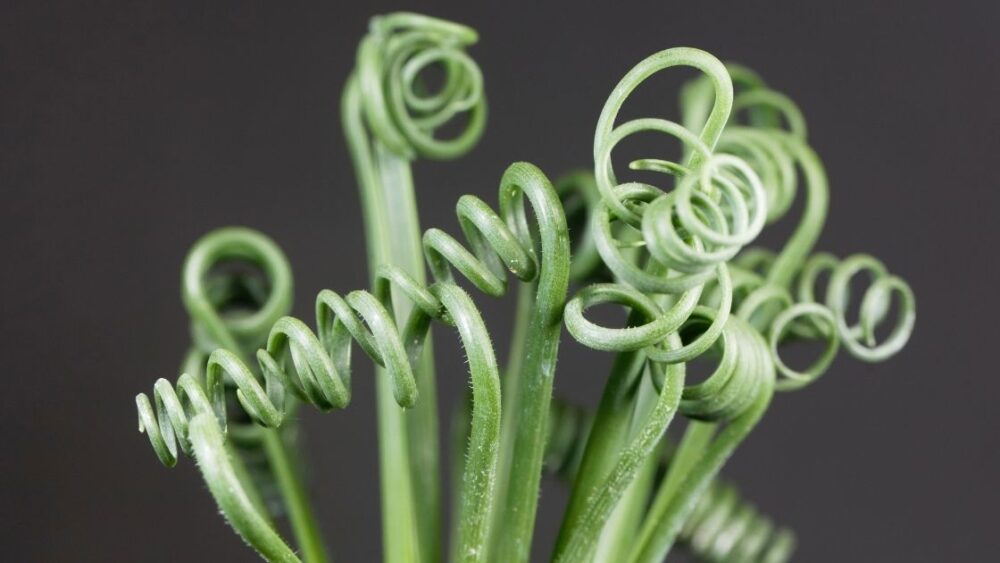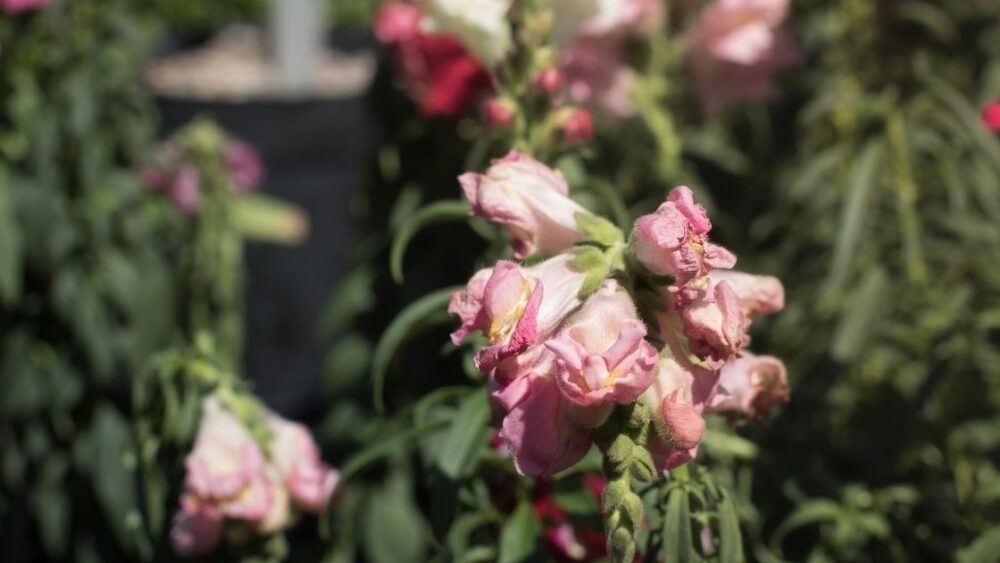
Wilting in new planted plants and flowers can happen for a variety of reasons. Most often, it is a combination of environmental factors such as toxins, poor soil, animals, and weather such as wind and heat. Other times, it is simply because one fails to properly water the root ball which leads to transplant shock. In this article, we will explain what each wilting factor has on new plants and how to avoid it, as well as, aftercare.
Water Requirements of Established vs. New Plants and Flowers
Plants are typically watered once a day, usually in the morning. This works well for houseplants that are still actively growing because it gives them time to absorb water throughout the entire root system before nightfall. If they don’t absorb all the water by nighttime, then there is a chance that they will not be able to utilize all of their available soil moisture by morning.
This watering schedule doesn’t work well for newly planted potted flowers or transplanted shrubs or trees because there’s no way for them to take up water through their roots during the night when rain isn’t falling, or you aren’t home to hand-water them. If you allow your new plants and flowers just one day after planting before watering them again, they will probably wilt. But this is a good thing because it simulates a natural rain event, which forces them to take up water through their roots.
Browse our Affiliate Products
For Example:
Suppose you already watered your recently planted flowers or potted plants today and they still look wilted the next day. In that case, that means that their roots don’t have very far to go before reaching moist soil, or there wasn’t enough moisture in the planting hole to keep them hydrated for 24 hours.
Is it Normal for Plants and Flowers to Wilt After Planting?
For the most part, plants are extremely resilient after being transplanted. They will often even grow new leaves to compensate for any that were lost during the process of transplantation. However, it is still normal for plants and flowers to wilt after planting.
Plant roots take some time to adjust when transplanted into a new environment with different soil composition and temperature levels than they were previously exposed to. The root systems may also shrink once planted because there’s no longer an abundant supply of moisture on the soil’s surface for plants/flowers to absorb through their roots. Both processes can lead to wilting on the stem. If this occurs, water the plant/flower regularly until it recovers from transplantation.
Occasionally, plants may wilt after planting even if they were watered regularly. This can occur with soil that is too moist or where the moisture barrier doesn’t work properly to stop water leakage out of the container’s bottom. Avoid these issues by using a drainage layer in your planters to prevent excess moisture retention near roots and ensure proper drainage when you transplant plants. In addition, if your wondering about drainage holes, check out this article. Is One Drainage Hole Enough for Flower Pots? How Big Should It Be?
What Causes New Plants and Flowers to Wilt After Planting?
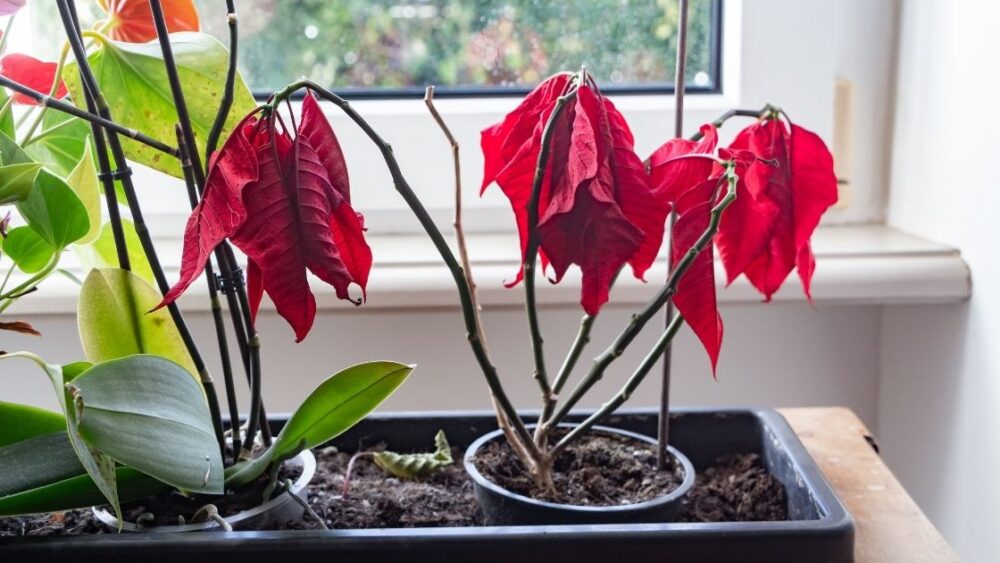
Below is a few factors as to why your plants and flowers might wilt after planting. Keep in mind that it may not be one issue, but several issues. Usually weather play a biggest factor in transplant shock.
- Lack of Water
All plants need water to survive, but it is especially true for young seedlings. If a flower or plant does not receive enough water during their first year or two, they become weak and cannot hold itself upright.
This lack of strength makes them more susceptible to violent winds that move above ground level, causing them to collapse without warning. It also decreases the amount of photosynthesis they can perform due to limited leaf growth.
Wilting may be corrected by watering the plant regularly until new leaves appear, after which you can resume your normal watering schedule.
- Wind Damage
While violent winds above ground level are a common cause of wilting, trees and other tall plants can cause damage similarly. The strong wind, in this case, is due to the mass amounts of water being pushed out from the soil’s surface via transpiration. As this occurs, the surrounding area becomes extremely dry. This dryness makes it difficult for flowers and seedlings to grow roots that penetrate deep into the soil.
In young plants or flowers that lack extensive root systems, this dryness will easily lead to wilting when exposed to strong wind currents that surround them at once. If you notice signs of wilting after a heavy rainfall or several days of cloudy weather, this is likely the cause.
- Animal Damage
If you have recently noticed that some parts of your garden are difficult to access, this may have led to wilting in new plants due to animal damage. It is not uncommon for predatory animals such as birds or rabbits to eat the root systems of young plants when they are exposed, causing them to collapse.
If you notice any holes in the ground near wilted flowers or seedlings, then an animal may be responsible for their failure. This type of damage can also lead to slow wilt over time if there aren’t enough roots left to absorb soil moisture and hold up the plant’s weight. However, since no physical damage was done, these plants can be done through action taken early enough in the process.
- Chemical Toxicity
A new plant or flower may also wilt if it has become chemically toxic due to exposure to pesticides, herbicides, or other chemicals that are commonly found around your yard. These can be introduced into the soil surrounding a plant through rainwater runoff or directly applied near their roots.
A lack of nutrients combined with exposure to toxins will lead to wilting in new seedlings and flowers, though this damage is usually irreversible since it targets biological processes more than physical ones.
If you suspect chemical toxicity as the cause for your wilted plants, then consider contacting your local government’s Department of Environmental Protection office for guidance on how to prevent further damage.
In addition, you have a problem with toxicity in your soil, check out this article. wikihow.com/Know-if-There-Are-Toxins-in-Local-Soil
Tips to Prevent Transplant Shock in Plants and Flowers?
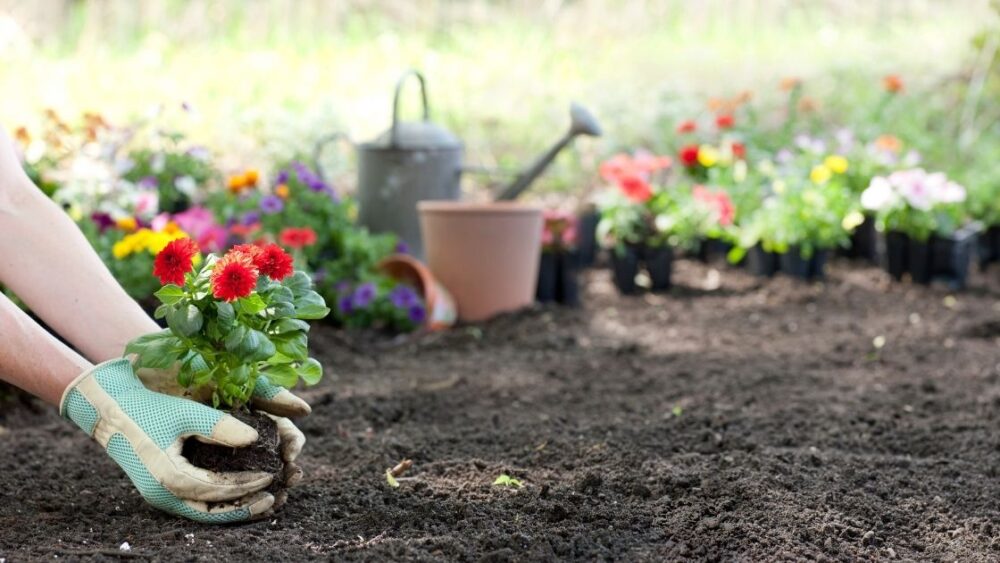
In the following, here are a few tips to prevent shock. Although, these are standard suggestion, always look for what is printed on the tag of any new plant purchased at a nursery or store. They usually provide the best recommendation of how and when to plant.
- Mulch and Ferritization
Organic fertilizers, pest controls, and mulches can be applied before planting without concern that they will burn transplants or seedlings when watered-in (or when watered) afterward. Organic fertilizers usually do not contain quick-release nitrogen, which causes leaves to turn yellow if the fertilizer salts are washed away by heavy watering. Applying water-soluble nutrients at planting time won’t overload the soil with soluble nutrients.
For more information on soil and fertilizers, check out this article. The Best Soil for All Types of Gardens.
- When to Water
Water soon after transplanting. Several years ago, a friend gave me some sage advice, young water transplants every day for two weeks. She was right; this seems to help them adapt more quickly. Of course, a good layer of mulch works best in areas with low rainfall, but use your judgment about how much young plants can handle if they are left unwatered for longer periods during very dry weather.
- Plant and Soil Prep
Swap roses with friends who have healthy bushes. If you’re planning on digging a hole big enough to accommodate the root ball without causing the plant to be pot-bound, borrow a healthy rose from a friend or neighbor who isn’t digging theirs out. This will save you from buying a thornless Rosa multiflora that many gardeners avoid because it is difficult to find deep enough holes in existing landscaping.
- Water Requirements
Water during dry spells. Try not to let young transplants dry out, even if it means daily watering for several weeks. The amount of water they need while getting rooted varies widely with weather conditions and soil type.
Too much water can drown them while too little water can make their new leaves curl– neither looks good! Always give the transplant plenty of time to develop its root system before cutting back on watering. Wind damage results when transplants are left wilting in the sun.
Newly Planted Plants and flowers Aftercare
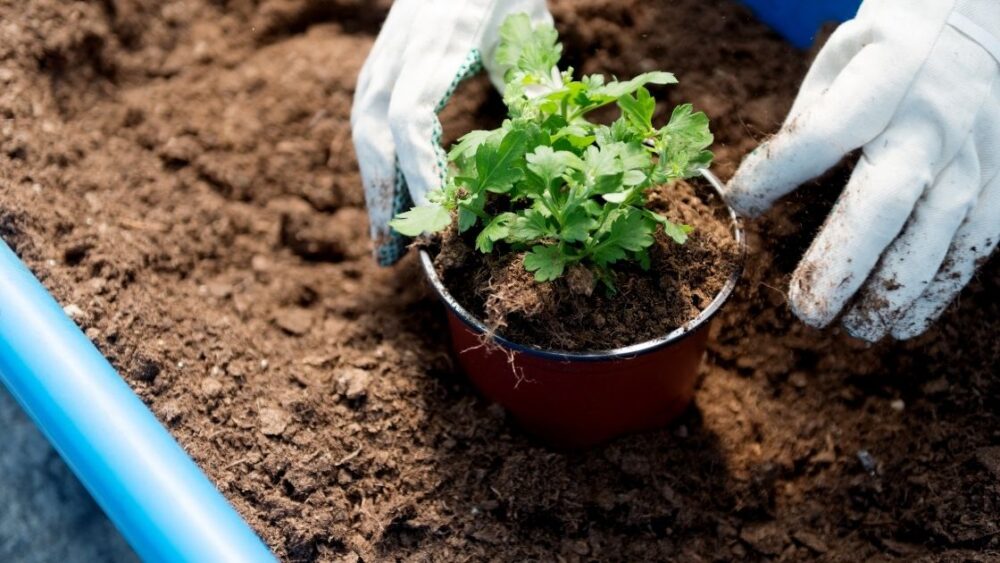
Planting flowers may seem like a simple process, but it is important to take care of them after planting. Here are some tips to help ensure that your new plants grow well and look their best for years to come. If your wondering how to start a flower garden, click on our article here. How to start a flower garden for beginners
- Weather
After you plant your flowers, the weather can greatly affect how they turn out. Some flowers, such as geraniums, impatiens, petunias, violets, pansies, marigolds, and begonias, should be planted in the afternoon, so they have maximum time to establish themselves before nightfall.
Most other flower varieties benefit from being planted before noon or in the morning hours because blooms may suffer if not kept cool during hot summer days, which cause heat stress to the plants. Check with your local gardening center to see if certain flowers need shade or shelter from direct sunlight.
- Flower Food
Putting down fertilizer can help your new plants grow well. Some experts suggest adding fertilizer the year before planting – this will build up the soil and encourage growth in the coming season.
Others prefer fertilizing right after planting instead. If you plan to side-dress your plants with further fertilizer, wait until they are half grown or blooming so that it doesn’t burn the roots of young plants.
- Watering
New transplants should be watered often but not overwatered. Water them any time their topsoil feels dry to the touch but avoid watering during hot weather because they might stay soggy for hours, which may result in plant damage due to heat.
For information on water established plants, click here. how often should I water my indoor plants/outdoor potted plants
- Avoiding Negative Situations
Some plants, such as pansies and violets, do not like to be transplanted, so they should be planted in their final location. Other plants, such as petunias and marigolds, may need staking if conditions are windy or they will not perform properly.
Planting with companions is beneficial to certain plants – it can strengthen them and help them thrive. Also, keep away from potential dangers that could harm your new plants: avoid planting next to sidewalks where salt from roads or erosion during heavy rains might damage the roots of young plants.
Remove weeds from flower beds because they rob water from flowers and cause diseases to spread among plant varieties. Beating Weeds Early on, before your new flowers grow too big, can help reduce weeding and help your flowers look better.
How to Prevent Plant and Flowers from Transplant Shock?
In the following, here are some suggestion to prevent transplant shock. Sometimes it might be unavoidable, but with some proper prep care, you can ensure the survival rate of your new planted garden.
1. Properly prepare your plants for the move.
For most plants, remove them from their pots and place them in a large bucket filled with water. For larger flowers, gently cut off one-third of the root ball to encourage new roots to grow after re-planting.
2. Dig Your Holes with Care
Be careful when digging out holes for your transplants–you want to disturb the roots as little as possible. Gently loosen the soil around the plant with a shovel or trowel, making sure not to go too deep or scrape against existing roots. For a wide variety of tool sets, check out these products. Garden tools Sets
3. Water Well After Planting
After you have finished planting, fill in any holes you dug out completely so that there are no air pockets left–otherwise, the roots will dry out. Be sure to water your transplants well after planting.
4. Keep Your Transplants Covered
Many gardeners recommend placing burlap or plastic around your plants to protect them from wind and sun. If you use plastic, be sure not to wrap it too tightly–the plant needs some room to breathe under there!
5. Properly Water Your Plants
Make sure you keep your newly planted flowers watered daily for at least two weeks, especially if it is hot or windy outside. However, avoid overwatering-your new plants should be fertilized once before watering again.
Final Thoughts
When watering plants after transplanting, take note of the weather in your area and if it is hot, use less water. If there are strong winds in your area, apply mulch to prevent roots from drying out.
Also, try placing a couple of stones in the bottom of the planter before adding soil or mulch to keep roots moist for longer than usual. This should be done every day until you see a little sprout come up from the ground, which means it has successfully taken root!
